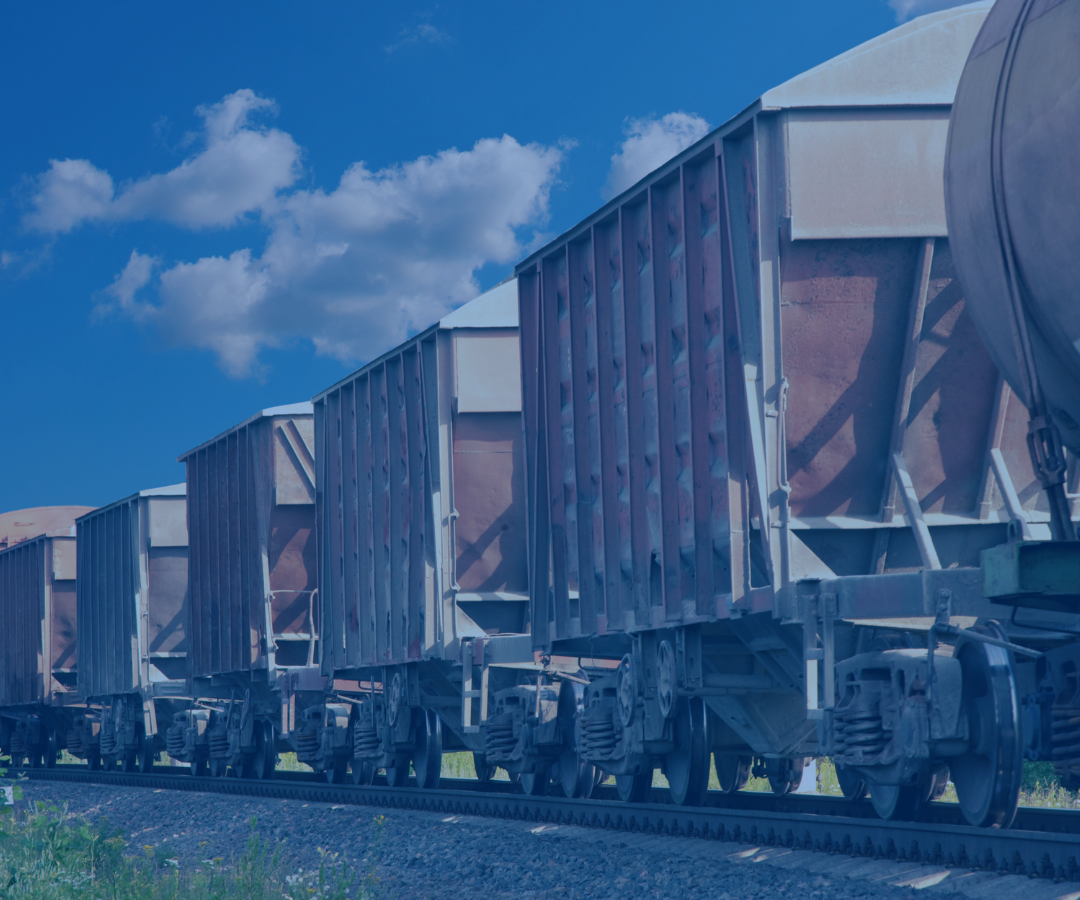Railway transportation is often more cost-effective compared to other modes of transport, especially for long-distance haulage of goods. It offers competitive rates per ton-mile, making it an attractive option for businesses looking to optimize transportation costs.
Introduction Rail Freight
Rail freight, a cornerstone of global logistics, embodies efficiency, sustainability, and reliability in transporting goods across vast distances. As an integral part of the transportation network, rail freight offers cost-effective solutions for businesses, leveraging extensive rail networks to connect diverse regions and industries. With its capacity for heavy loads and environmentally friendly footprint, rail freight stands as a crucial pillar in the modern supply chain, facilitating the movement of goods with precision and proficiency.
International Railway Transportation
International railway transportation services involve the movement of goods across borders via rail networks. This mode of transportation offers a cost-effective solution for businesses looking to transport goods between countries with efficiency and reliability. International railway transportation provides seamless connectivity between different regions, facilitating the smooth flow of goods across continents. It offers advantages such as reduced transit times compared to sea freight and lower costs compared to air freight, making it a preferred choice for many businesses engaged in global trade.
Domestic Railway Transportation
Domestic railway transportation services cater to the movement of goods within a single country’s borders using the extensive network of railways. This mode of transportation is ideal for businesses seeking efficient and sustainable freight solutions for domestic distribution. Domestic railway transportation offers several benefits, including cost-effectiveness, reliability, and the ability to transport large volumes of goods over long distances with minimal environmental impact. It plays a crucial role in supporting industries such as manufacturing, retail, and agriculture by providing a reliable means of transporting raw materials, finished products, and goods to various destinations within the country.
Containerized Railway Transportation
Containerized railway transportation involves the use of standardized containers to transport goods efficiently and securely via rail networks. This mode of transportation offers several advantages, including ease of handling, versatility, and compatibility with other modes of transportation such as ships and trucks. Containerized railway transportation is widely used for long-distance haulage of goods, providing businesses with a cost-effective and reliable logistics solution. It enables seamless intermodal transportation, allowing goods to be transported across different modes of transportation without the need for extensive handling or repackaging. Containerized railway transportation plays a vital role in facilitating global trade by connecting ports, manufacturing hubs, and distribution centers across various regions.
Advantages of using rail transport for cargo transportation
Railways have the ability to transport large volumes of goods in a single journey, making them ideal for bulk freight shipments. This high capacity helps businesses streamline their logistics operations and meet the demands of large-scale distribution.
Railway transportation is known for its reliability and adherence to schedules. Rail networks are often well-maintained and operate on fixed timetables, reducing the risk of delays and ensuring timely delivery of goods.
Railways have a strong safety record compared to other modes of transportation. The infrastructure and equipment used in railway transportation are designed to meet strict safety standards, minimizing the risk of accidents and damage to goods.
Railway transportation is considered one of the most environmentally friendly modes of transport. Trains produce fewer emissions per ton-mile compared to trucks and airplanes, helping businesses reduce their carbon footprint and contribute to environmental sustainability.
Railways are well-suited for long-distance transportation of goods, especially across continents and countries. They offer efficient connectivity between major cities and industrial hubs, enabling businesses to access distant markets and expand their reach.
Railway transportation seamlessly integrates with other modes of transport, such as trucks and ships, through intermodal terminals. This intermodal connectivity allows businesses to create efficient supply chain networks that leverage the strengths of each mode of transport for optimal efficiency and cost savings.

Ordering Rail Freight Services
Request:
The client initiates a consultation request by contacting the company’s sales department or rail freight specialist, either through an online form, phone call, or email, outlining their transportation requirements.
Proposal Preparation:
Rail freight specialists engage in discussions with the client, gathering necessary details and refining transportation needs, subsequently crafting a tailored proposal encompassing technical specifications, pricing, timelines, and other pertinent terms.
Agreement and Contract Signing:
Upon agreement on the proposal and finalization of all specifics, the client proceeds to formalize the collaboration by signing a contract for rail freight services, delineating mutual obligations and payment conditions.
Need to transport cargo? Submit a request for rail freight services.
Frequently Asked Questions about Rail Freight
What types of cargo are typically transported by rail?
Rail freight is versatile and can transport a wide range of goods, including bulk commodities such as coal, minerals, grains, and raw materials, as well as finished products like automobiles, consumer goods, construction materials, and intermodal containers containing various goods.
What are the advantages of using rail freight compared to other modes of transportation?
Rail freight offers several advantages, including cost-effectiveness for long-distance transportation of bulk goods, high carrying capacity for heavy loads, lower carbon emissions compared to road transport, reduced congestion on highways, and reliability due to dedicated rail networks and schedules.
How does rail freight contribute to sustainable transportation?
Rail freight is recognized for its environmental benefits, as it produces fewer greenhouse gas emissions per ton-mile compared to road transport. By leveraging electrification, efficient locomotives, and economies of scale, rail freight helps reduce carbon footprints, alleviate traffic congestion, and promote energy efficiency in the transportation sector. Additionally, rail freight often operates on dedicated rights-of-way, minimizing habitat disruption and preserving natural landscapes.

